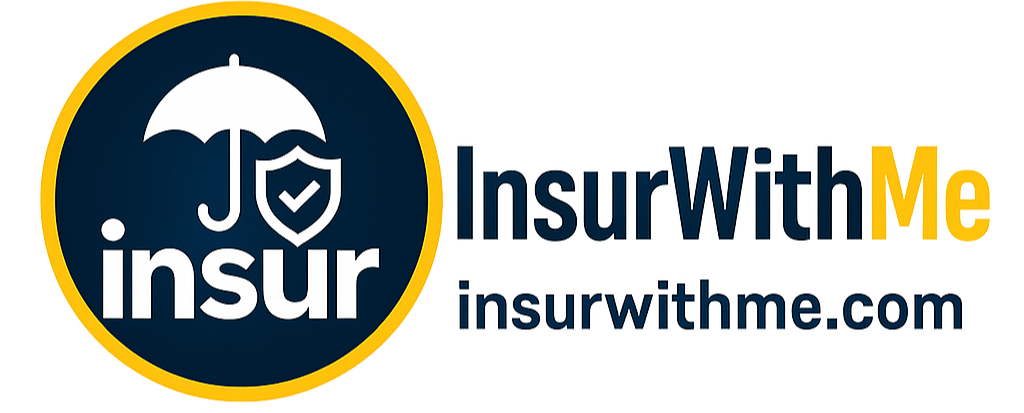Finding and selecting an insurance plan may seem like a difficult endeavor during open enrollment season, often between November and December depending on your state and employer policies. However, selecting one should not be seen as daunting open enrollment allows people to enroll or change their health coverage without incurring penalties from insurers for doing so.

Why does open enrollment matter? This time gives you the chance to review and update your health insurance plan accordingly, based on any life changes like marriage, having children, moving house, or changing jobs also it means switching if coverage costs, network benefits, and customer service have changed in an unfavorable manner or customer support has declined significantly over time.
Open enrollment offers you an invaluable opportunity to save money, access quality care, and avoid penalties by selecting the ideal health insurance plan for you and your budget. In this blog post we’ll guide you through the process of choosing a health plan during open enrollment.
How to Prepare for Open Enrollment
Before you start shopping for a new health insurance plan, you need to do some homework. Here are some tips on how to prepare for open enrollment and make the most of it:
Review your current health insurance plan and see if it still meets your needs and preferences. Consider factors such as coverage, costs, network, benefits, and customer service. You can find information about your current plan on your insurer’s website, your online account, or your plan documents.
Evaluate your health status and anticipate any changes in your medical needs or expenses for the next year. Think about any chronic conditions, prescriptions, preventive care, or planned procedures you may have or need.
Compare different health insurance plans and options available in your area. You can also consult with an insurance agent or broker if you need more guidance or assistance. They can help you find the best plan for your situation and budget.
Check if you qualify for any subsidies or discounts that can lower your premiums or out-of-pocket costs. Depending on your income and household size, you may be eligible for tax credits, cost-sharing reductions, or Medicaid. You can use the Health Insurance Marketplace Calculator to estimate your eligibility and savings.
By preparing for open enrollment, you can make an informed decision about your health insurance plan and avoid any surprises or regrets later.
How to Choose a Health Insurance Plan During Open Enrollment
Once you have done your homework, you are ready to choose a health insurance plan during open enrollment. Here are some steps to follow:
HMO (Health Maintenance Organization): HMO plans require you to select a primary care provider from among a network of physicians and hospitals; your PCP then coordinates care while also referring you out as necessary to specialists when necessary. Deductible costs tend to be low or nonexistent while copays must still be paid upon each visit or service rendered, though out-of-network coverage usually only extends for emergencies.
PPO (Preferred Provider Organization): PPO plans provide more freedom in selecting providers; you are free to see any physician or hospital within or out of the network without first receiving approval from their primary care physician (PCP). However, these providers often incur higher deductibles, copays, and coinsurance; premium costs also tend to be higher for PPO plans than HMO plans.
EPO (Exclusive Provider Organization): An EPO plan resembles HMO plans in that you must select your PCP from within their network as well as get referrals for specialists from within it. Deductible costs tend to be low or nonexistent while copays may apply per visit or service rendered; coverage for out-of-network providers (except in emergencies ) does not exist.
POS (Point of Service): A POS plan combines elements from both HMOs and PPOs into one comprehensive health insurance policy, wherein patients must select a primary care physician (PCP) from within their network as well as get referrals to specialists for care. You generally pay no deductible instead copays are assessed each visit or service received coverage extends to out-of-network providers but typically at greater deductible, copay, and coinsurance amounts than for providers within network coverage.
HDHP (High Deductible Health Plan): HDHP plans feature higher deductibles, meaning more of your healthcare costs must come out-of-pocket before insurance kicks in. Although you typically pay lower premiums compared to other plans, copays, and coinsurance costs tend to increase more significantly with an HDHP policy than with others. you could use an HSA or HRA as a way of saving for healthcare expenses an HDHP may also be combined with any of the other types of policies available today.
Consider each plan’s key features and factors such as premiums, deductibles, copays, and coinsurance premiums to determine its out-of-pocket maximums, and network size/quality considerations such as provider choice or prescription drug coverage when making comparisons of plans these terms must all be clearly understood for optimal comparison.
Premium: The amount you pay each month for your health insurance plan.
Deductible: The amount you pay out-of-pocket before your insurance starts to pay for covered services.
Copay: A fixed amount you pay for each visit or service, such as $20 for a doctor’s visit or $10 for a prescription.
Coinsurance: A percentage of the cost you pay for covered services after you meet your deductible, such as 20% for a hospital stay or 30% for surgery.
Out-of-pocket maximum: The maximum amount you pay out-of-pocket in a year for covered services. After you reach this limit, your insurance pays 100% of the cost for covered services.
Network: The group of doctors, hospitals, pharmacies, and other providers that your plan contracts with to provide services at discounted rates.
Provider choice: The degree of freedom and flexibility you have in choosing your providers. Some plans require you to use only in-network providers, while others allow you to use out-of-network providers at a higher cost.
Prescription drug coverage: The part of your plan that covers the cost of prescription drugs. Some plans have different tiers of drugs with different copays and coinsurance rates.
Conclusion
Picking out a health insurance plan during open enrollment is an extremely personal choice that impacts every aspect of your health, finances, and well-being. Do your research thoroughly before selecting an optimal policy suited for both your needs and budget.
We hope this blog post has provided helpful guidance in selecting a health insurance plan during open enrollment. Should any queries arise or additional assistance is required, feel free to reach out! We are here to assist in finding you and your family the appropriate policy.
Thank you for reading our blog post and don’t forget to share it with others who may find it useful. We appreciate your time and attention and invite you to check out more of our content or follow us on social media. Have a great day and stay healthy!

